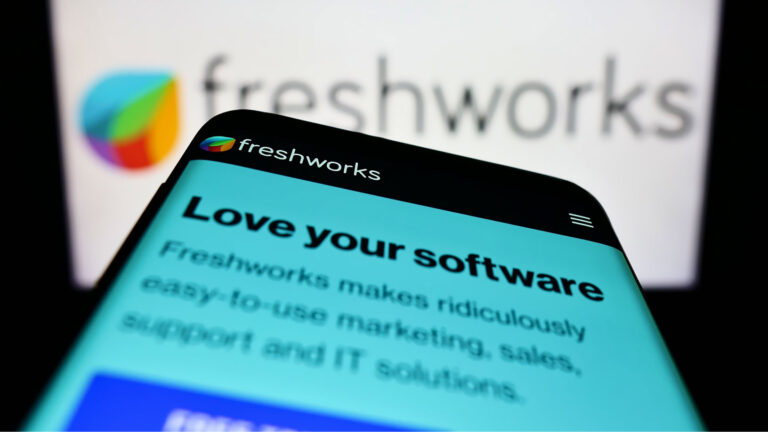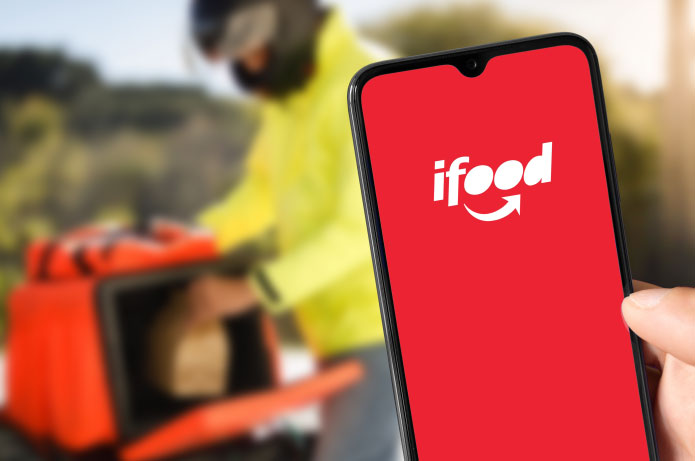Most AI service tools are limited to answering questions Freddy, now, goes further: it performs tasks. During its main event, the Refresh, a Freshworks revealed the new generation of the Platform IA Agent Freddy a connected, intelligent, continuous learning system comprised of AI agents that not only answer user questions but actually resolve requests.Whether it is processing an insurance claim, updating a payroll record, or scheduling a new shipment, Freddy AI is now able to act directly on the applications that companies already use.
The company also presented the Freddy AI Agent Studio a no-code platform that makes it easy to create and deploy standalone AI agents, making it simple for businesses to expand customer support. Freddy AI Agent Studio helps service teams get rid of the endless transfer of calls, time-consuming resolutions, and frustrated users with outdated automations.The new AI agents, easy to set up, can think, reason, and act to resolve diverse requests from start to finish - freeing human attendants to deal with more complex challenges.
“Our mission is to uncomplicate the most tiring and repetitive work that support and IT teams face every single day”, he said Dennis Woodside's, Freshworks CEO.“As our core software, Freddy Agentic AI comes online quickly and generates immediate value (AS a business accelerator, not as another complicated project.Our customers are already seeing real results, such as increased customer satisfaction (CSAT), faster resolution times and reduced operating costs.”
From Insights to Action: A New Standard of AI at Work
What makes a AI Platform Agent Freddy truly impactful is their ability to help customer service teams and employees act faster to drive results. AI agents not only answer questions & appointments they solve requests, perform actions across multiple systems, identify causes of problems, and recommend next steps. These capabilities span a wide range of use cases, such as order tracking, account changes, flight and appointment scheduling, payments and subscriptions, loyalty program management, and many other common orders in industries such as retail, travel, financial services, manufacturing, and software.
New features Available on the AI Platform Agent Freddy:
Freddy AI Agent Studio: More productive agents, more satisfied customers
Freshworks is launching the Freddy AI Agent Studio, an integrated set of features that simplifies how service teams create, test and launch AI agents in minutes & CAN all be done by a support team member, without the need for technical knowledge. AI agents can be trained with specific skills to act autonomously, such as issuing refunds, checking order status or updating customer records.
Highlights of Freddy AI Agent Studio:
- Skills Library (Skills Library) ^ Ready-made templates with the skills for AI agents to act on widely used apps like Shopify and Stripe.
- Skills Builder (Skill Builder) 'Visual, code-free environment for designing and implementing custom skills, enabling AI agents to resolve requests such as autonomously processing returns.
Freddy AI Agent for email: Standalone customer service via emailThe Freddy AI Agent for email turns inboxes into standalone support channels. It analyzes incoming messages, writes contextual responses, and automatically terminates calls when the customer confirms the resolution.
Highlights:
- First response time can drop from hours to minutes
- Repetitive problems are treated efficiently and accurately
- Scale support without increasing agent workload
Freddy AI Agent for unified search: Improves information discovery for employee serviceFreddy AI Agents now offer even faster and more accurate service to employees by intelligently searching through company platforms for the latest documentation, easing the burden on service agents.
Highlights:
- Seamlessly integrates with Slack, Microsoft SharePoint and Teams, supporting directly the tools most used by employees
- Multilingual conversations in more than 40 languages for inclusive and personalized service
- Robust security that helps prevent data sharing between accounts
Freddy AI Insights with root cause analysis: Faster, more informed IT decisions
Freddy AI Insights for Freshservice makes complex IT analytics easy by continuously scanning service desk activity, detecting anomalies, flagging trends, and identifying root causes through visual maps. Teams can act quickly with clear, explainable data without needing SQL queries or complicated dashboards.
Highlights:
- Proactive monitoring of service operations with insights into trending issues, average response and resolution times, SLA violations, and more
- Root Cause Analysis maps help identify problems at the source
Metrics to optimize team planning, resolution time, and employee satisfaction
Updates on Freddy AI Copilot: Force multiplier for IT and customer service
Freddy AI Copilot is a trusted assistant for service teams, making everyday tasks easier by writing clear, well-formulated answers, connecting related issues, and automatically generating useful documentation.The new capabilities of Copilot enhance reasoning and context understanding to solve common IT and customer service pain points:
News:
- Smart Related Changes ^copilot reviews recent changes to the system and highlights the most likely causes in Freshservice
- Answer Suggestions ^copilot reads incoming tickets, searches the knowledge base, and writes custom responses for agents to review and submit in Freshdesk.
With these updates, Freddy AI Copilot goes beyond basic assistance to BECOME a true partner in delivering faster, smarter support across the organization.
“We designed our Freddy Agentic AI Platform to go beyond simple automation.It works alongside people to solve real challenges in real time”, our platform said Srini Raghavan, Product Director at Freshworks. “Freddy's multi-model architecture builds on our trusted LLM partners, each chosen for their strengths. This layered approach helps ensure more accurate, reliable and context-aware support, allowing teams with limited resources to act more quickly and with less friction
Customer proven results
Since its initial launch in 2023, Freddy AI has helped more than 5,000 organizations streamline service operations and deliver measurable results as up to 70% of call deviation with AI Agents and even 50% of productivity gains with Freddy AI Copilot.
- Hobbycraft automated 30% of customer queries with Freddy AI Agent, which freed agents to handle more complex issues, improved customer satisfaction in 25%, enabled hybrid work and increased employee engagement.
- Bergzeit it automatically screened more than 200,000 tickets and reduced the workload with translations by 75% using Freddy AI Copilot along with Freshdesk.
- Five9 diverts up to 65% from IT requests with Freddy AI Agent, plus uses Freddy AI Copilot to save IT staff 200 hours a month and Freddy AI Insights to identify gaps in service and how to resolve them.
- iPostal1 automatically resolves 54% of Freddy AI support queries - Gains that have enabled you to scale attendance and open more than 1.3 million mailboxes in more than 3,500 locations, without compromising quality, accountability or employee morale.
The transition to an AI agent, which can resolve service requests autonomously rather than just forward them, represents a critical evolution in support operations,” said Liz Miller, Vice President and Principal Analyst at Constellation Research“The democratization of agent deployment through simplified, code-free platforms is especially significant for mid-sized organizations that lack the technical resources to develop complex AI systems from scratch.This accessibility shift allows mid-market companies to achieve autonomous resolution capabilities and operational efficiency gains that were once unique to large enterprises with dedicated AI teams.”
Accelerating the adoption of Freddy AITo facilitate the adoption of Freddy AI, Freshworks is also rolling out features that help maximize impact quickly:
- Courses at Freshworks University: a new AI learning hub with tutorials, use cases and live help.
- AI Academy for Partners: technical training and partner training, helping them win more business and increase revenue.
- Professional AI Services: freshworks dedicated team delivering custom AI strategy, product implementation and optimization support for large companies with increased complexity.
- Product assistance: prescriptive workflows, videos, and guides to help users get started with ease.
Learn more
- New product innovations and their availability can be explored here:
https://www.freshworks.com/product-launches/ - The agentic AI platform that uncomplicates customer service
- AI updates that uncomplicate the employee experience.











